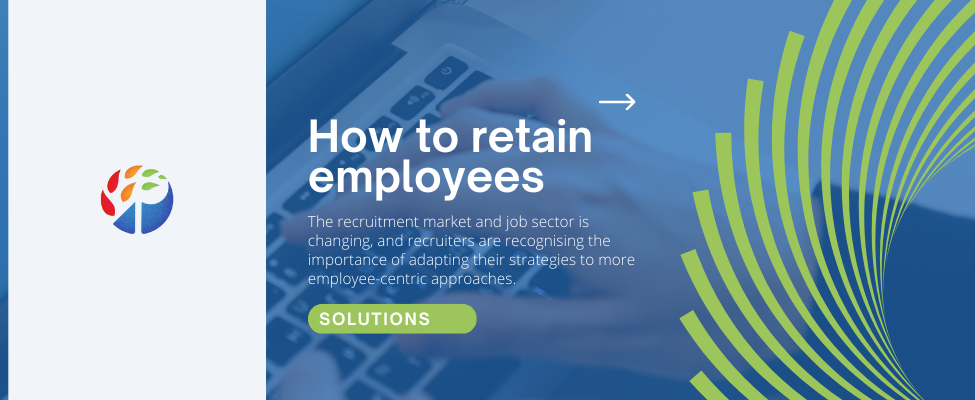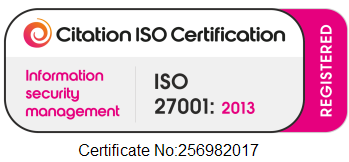How To Retain Employees
The recruitment market and job sector is changing, and recruiters are recognising the importance of adapting their strategies to more employee-centric approaches.
In an employee-driven recruitment market, valuable employees are dictating what employers need to provide to keep them in their current roles or to attract them as new talent. Transitioning to such approaches will allow recruiters to retain employees and ensure a smooth hiring process throughout.
The effects of employees retention
When an employee decides to move on, the cost of recruitment is often more than paying the employee the increase they may be asking for and deserve.
Add to that figure the loss in productivity, the effect on team morale, the time it takes to train a new employee, and pressures on other colleagues to soak up additional work, then the cost of failure to retain talent becomes an HR nightmare.
The key to combating poor employee retention and becoming a winner is very simple when broken down. Employees want to feel valued. It’s as simple as that! Employers need to value their workers at every level, they want what they deserve whether that be development opportunities, to be paid fairly, to enjoy working with their colleagues in a safe space or to feel engaged and included.
How to improve employee retention?
Pay competitively: In past years, securing a higher salary was the most important factor when it came to changing your job (and it is still an important factor), but salaries are now a mark of whether employees feel valued for the work they do.
Reward longevity at work: Offering higher pension contributions, shares, flexibility, more holidays, and an increased salary for longer-standing employees can speak volumes to employees about what your organisation is like and whether it’s a good match for them.
Create clear progression paths: Some employees want to continuously climb the vertical career ladder, so managers need to develop bespoke plans for different individuals.
Equally, if you can see an employee is already smashing their targets or overperforming according to their job role, don’t wait for annual review dates to reward them as this can lead your talent to hand in their notice. Especially if they can see better job offers from competitors and a clear path for career advancement.
Understand emotions: Employees want to feel fulfilled and to be given opportunities to learn whilst feeling empowered and supported in their job role. They want to feel trusted, and as those, they are succeeding in their contribution. There is a direct relationship between negative feelings at work and employee engagement and retention so be sure to ensure HR managers and leaders check-in on employees.
Flexibility: Flexibility has become of greater significance, as many employees are opting for a hybrid working model. Managers need to use discretionary powers to fulfil new demands for suitable working hours and give greater flexibility.
Work/life balance: This often compliments any flexibility policies you have but it’s vital you guarantee fair workloads, encourage a healthy work-life balance, and ensure a culture of burnout and long-term pressures are actively discouraged. Tackling these issues and using proactive methods will reduce the number of employees looking for work elsewhere.
Prioritise training: Independent and collaborative learning is important for career progression and to strengthen working relationships. Providing online, in-person or even 1-1 mentoring can lead to employees feeling satisfied, valued and resourceful meaning they will perform at their best.
Regularly check in with your employees: Leading back understanding emotions, building regular check-in’s with employees during the onboarding process and into the everyday job role will allow to you act on any concerns they may have quickly. It is also important to ensure all your staff have what they need to do their jobs well and happily.
Create an environment with an active listening mindset and survey your team with an engagement questionnaire once a year to provide you with data that you can act on. Nip issues in the bud before they become bigger concerns or before conflicts arise that need more resources to resolve them.
Ask leavers for insightful and honest feedback: This will help in finding out both where there is room for improvement and what went well. Look for patterns in problem areas such as workload, inclusion or management issues, and tackle this head-on with creative solutions.
If you’d like to learn more about employee retention and how our award-winning recruitment software and tools can help you win your employees, then click the links below. Or alternatively, arrange a chat with our team and fill out our contact form.
Share this post and follow us on social media!
Like our blogs? Sign up for our newsletter




Comments are closed